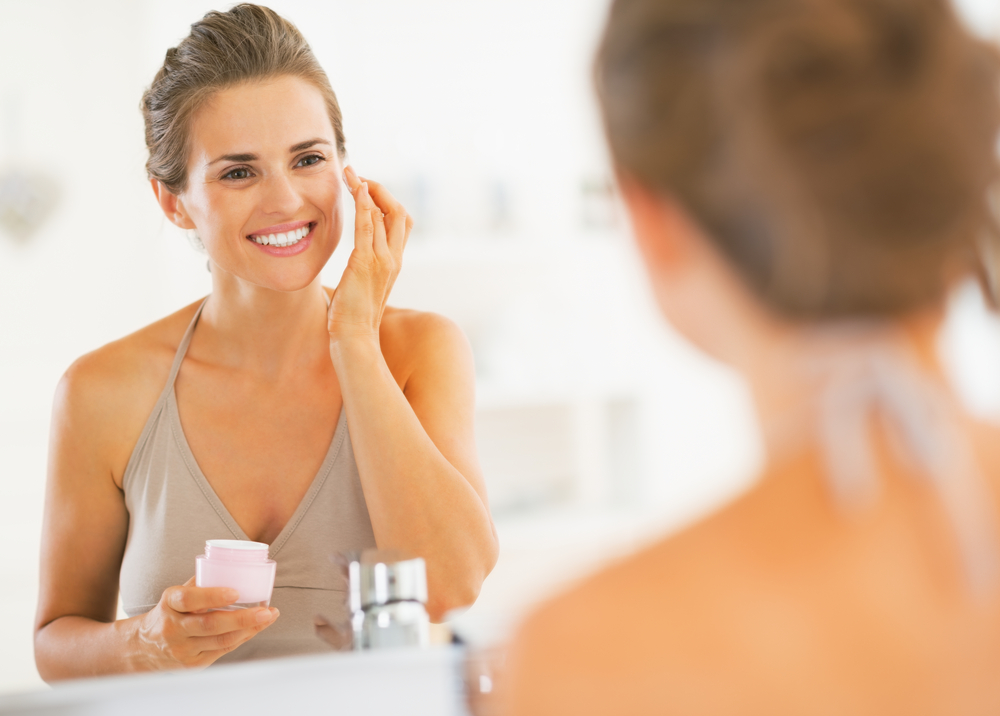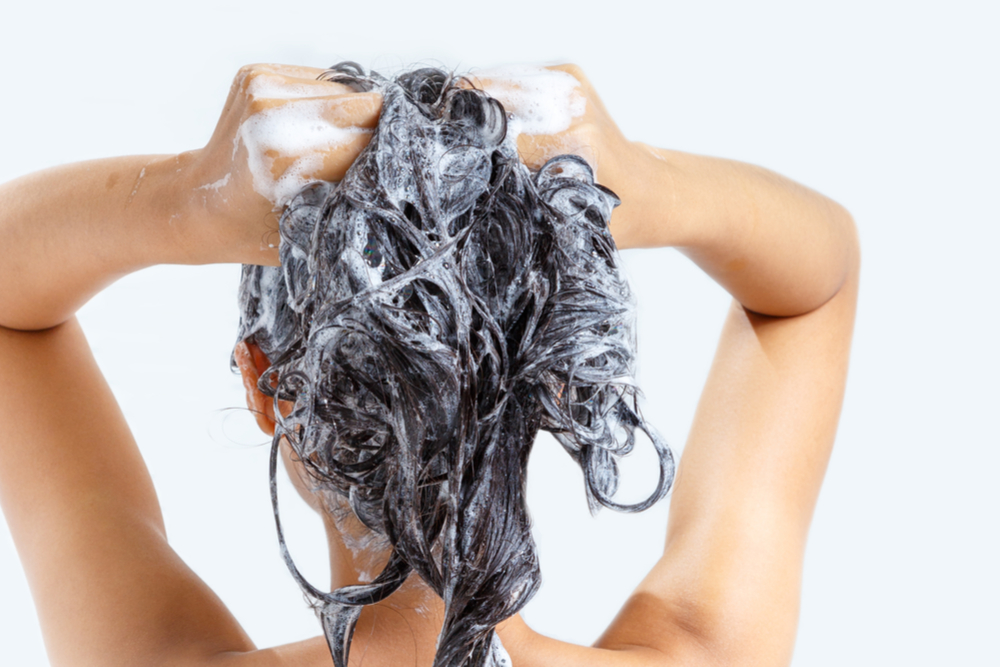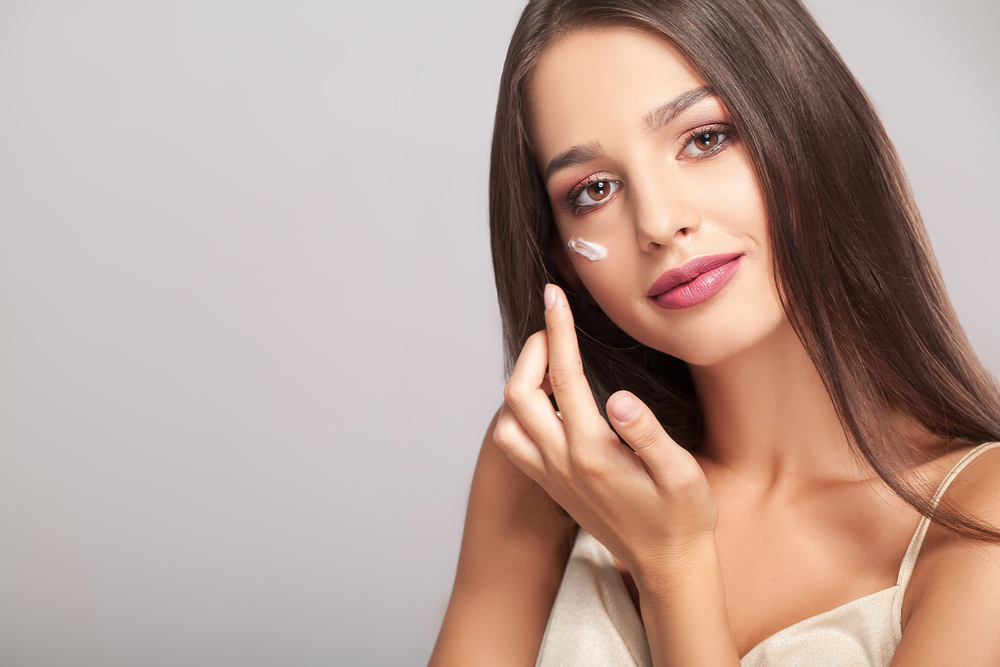- Hydroquinone is a topical skin-bleaching agent that lightens the appearance of pigmented skin by inhibiting the production of melanin.
- Hydroquinone does come with a few side effects, although they are usually mild.
- Alternatives to hydroquinone include azelaic acid and retinoids, as well as cosmetic treatments such as laser lightening and chemical peels.
Hydroquinone has been the most popular skin-lightening agent for more than 50 years. It is usually applied topically as a cream, and slowly lightens skin by reducing the production of the pigment melanin.
If you’re looking to get rid of freckles , age spots, or another type of hyperpigmentation, you need to know about hydroquinone.
Find out how hydroquinone works, how to apply it, the possible side effects, and alternative products and procedures that can lighten your skin.
How hydroquinone is used
Hydroquinone can be used to treat any condition caused by hyperpigmentation, including age and liver spots, freckles, acne scars, and melasma—which causes brown patches to form on the face, often during pregnancy.
Hydroquinone products come in many forms, including creams, emulsions, gels, lotions, and solutions.
Over-the-counter products usually include 2%–3% hydroquinone, but dermatologists can prescribe products in higher concentrations, up to 4%.
Results are usually apparent within one to three months; if you’ve been using a hydroquinone product for three months and still haven’t seen a change, you should contact your dermatologist.
How hydroquinone works
To understand what hydroquinone is and how it works, we must first understand how skin gets its color — and how to reverse that process.
Every living being has melanin, a group of pigments that give color to skin, hair, and eyes, among other things. Melanin in the skin is produced by a group of cells in the epidermis called melanocytes. It is responsible for darker skin tones overall, and for localized spots of color, such as moles and freckles.
Melanocytes create and house the melanin pigment in a specialized structure called a melanosome. Hydroquinone decreases the production and increases the breakdown of melanosomes, thereby reducing the creation of melanin.
Without getting too technical, hydroquinone accomplishes this by inhibiting an enzyme called tyrosinase, which is used to make melanin.
Applying hydroquinone products
Because hydroquinone is a bleaching agent, you need to apply it carefully, no matter what product you are using.
To start, apply the product on a small area of unbroken skin and wait at least 24 hours to see if you experience any side effects or allergic reactions. If you don’t experience any side effects, you can follow the package directions and proceed with the treatment.
Make sure the skin is clean and dry, apply a small amount of the hydroquinone product to the hyperpigmented area, and massage it until it is well absorbed. Keep hydroquinone away from the eyes.
Wash your hands thoroughly immediately after applying because hydroquinone can lighten the skin on your hands. As with any bleaching or dyeing agent, hydroquinone can discolor fabrics, such as towels or pillowcases, so keep that in mind while using the product.
The melanin-reducing actions of hydroquinone can be lessened by UV rays, so it’s important to limit your time in the sun and avoid tanning beds until you achieve the desired skin-lightening results.
When you do go outside, be sure to wear a broad-spectrum, water-and-sweat-resistant sunscreen with a high SPF to protect your skin from UV radiation. Some hydroquinone products even include some level of SPF protection, so check the label to see if this is the case.
“It is essential to use sunblock on a regular basis, no matter which bleaching agent is used,” emphasizes Dr. Khalil Khatri of the Skin & Laser Surgery Center of New England.
Possible side effects
Most people have no problem using hydroquinone for skin lightening, but minor side effects can occur when it is applied topically: dryness, irritation, itching, reddening, and mild irritant contact dermatitis.
If your skin blisters, cracks, or turns dark, immediately cease using the product and contact your dermatologist.
“The most common side effect is irritation and an allergic reaction. It is better to apply a small quantity in a limited area and wait for 24 to 48 hours to assess whether it causes any reaction,” notes Dr. Khatri.
A very rare side effect is exogenous ochronosis, a blue–black pigmentation of the skin. However, ochronosis occurs only in a very small percentage of cases when hydroquinone products have been applied over a long period of time, especially in high concentrations.
Some individuals have reported lightening of the skin in an area they did not intend to treat but that is near an unwanted darkened area where the product has been applied. It is important to use the product on the dark spot or area being treated without including areas of normal skin tone. If this occurs, discontinue use and the pigment will return over time.
Does hydroquinone cause cancer?
The Food and Drug Administration (FDA) originally ruled that hydroquinone products with concentrations of 2% are generally recognized as safe and effective.
However, in 2006, the FDA proposed that the National Toxicology Program conduct additional studies on hydroquinone because of some research indicating that hydroquinone can act as a carcinogen in rats and mice when taken orally. Various studies are currently in progress.
“Because of its extensive use internationally, there are a lot of studies on this molecule, some suggesting that it might be carcinogenic,” said Dr. Tanya Kormeili, MD, a board-certified dermatologist in Santa Monica, California. “But overall, it is a rather safe molecule, when used short-term by experts.”
Alternatives to hydroquinone
Skin-lightening ingredients besides hydroquinone include azelaic acid, glycolic acid, kojic acid, retinoids (retinol, tretinoin, adapalene gel, or tazarotene), and vitamin C, so look for creams that contain one or more of these agents.
As with hydroquinone creams, be sure to seek out products that are made in the United States or recommended by your dermatologist, since other countries don’t regulate cosmetic products as closely and they could contain potentially harmful ingredients.
“While I do use hydroquinone for my patients, I also use other ingredients that help block that pigment-making enzyme,” Dr. Kormeili says. “These ingredients include azelaic acid, kojic acid, and licorice. In combination with topical tretinoin — not retinol! — they work rather well.”
Bleaching creams aren’t the only options for lightening hyperpigmented skin. Other skin lightening treatments include laser lightening, photorejuvenation, laser resurfacing, chemical peels, tranexamic acid, and glutathione injections.
Each option comes with its own side effects and risks, and a dermatologist will be able to advise you on the best course of treatment for your hyperpigmentation and skin tone.
“Like everything else in medicine, one hyperpigmentation treatment may work for one person and may not work as well for another,” Dr. Khatri says. In addition, providers can recommend a tapering protocol with an alternative topical agent to prevent rebound or re-pigmentation of the areas when hydroquinone is discontinued.
Hydroquinone is one of the staple solutions to hyperpigmentation, and there is a reason it’s still widely used after all these decades. In the vast majority of cases, it works, at least to some extent. However, if you’ve tried hydroquinone and it didn’t work or you’re looking for faster results, ask a doctor for more information about other skin lightening products and procedures.
»To find out more about hydroquinone and other skin lightening treatments, get consultations from our medical review team.









